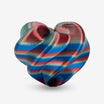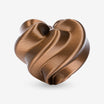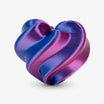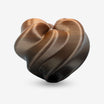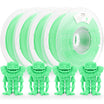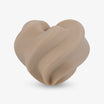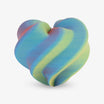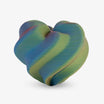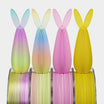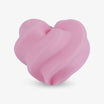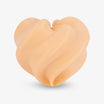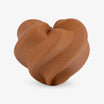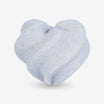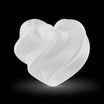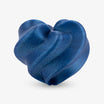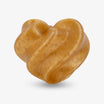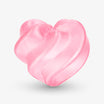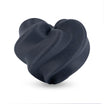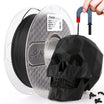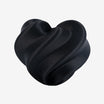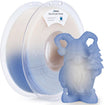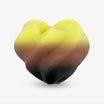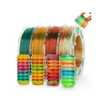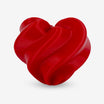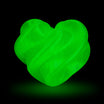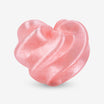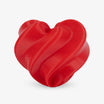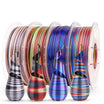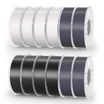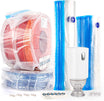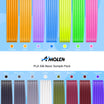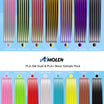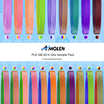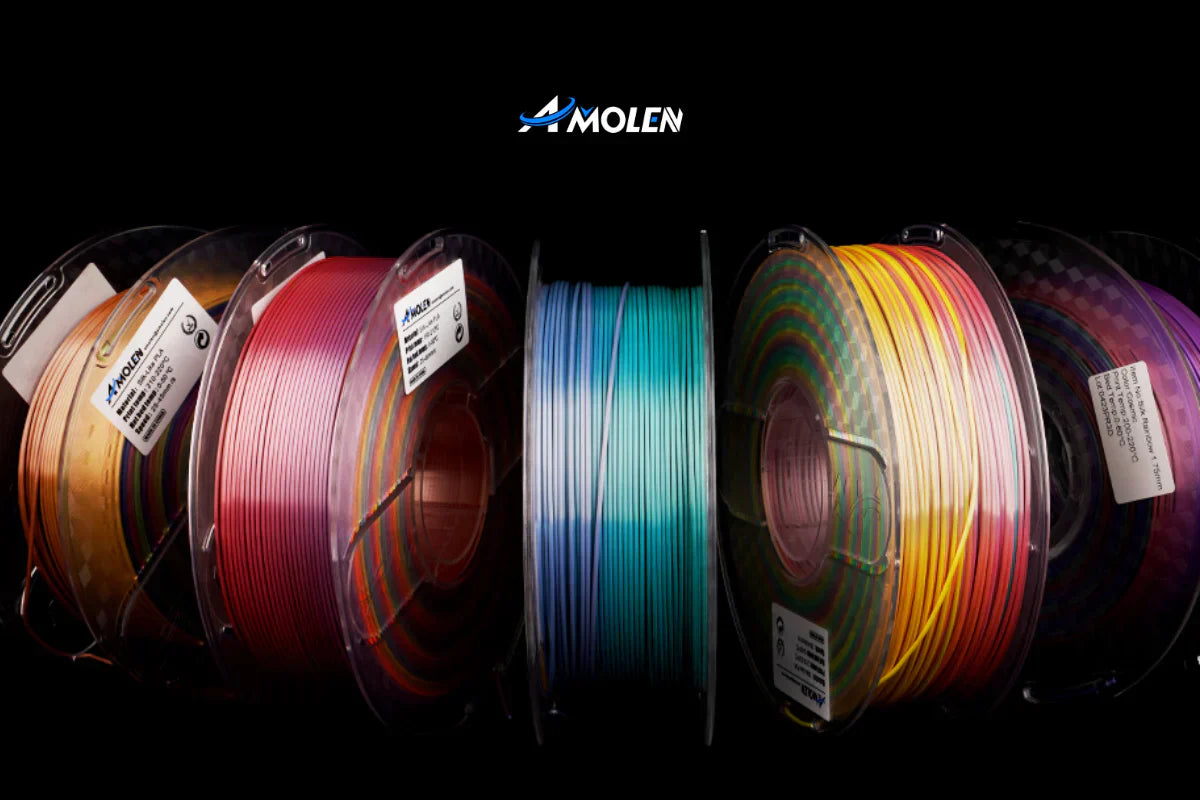At Amolen, we believe every great 3D print starts with very good PLA filament. This collection has many types of high-quality PLA filament. You can use it to make any idea real, like art pieces or useful parts.
The Amolen Quality Promise
You can print with no worries. Every spool is made very carefully, so it prints smoothly and works well.
- Smooth Printing: The filament has a very exact size (±0.03mm). This means the plastic comes out evenly, and it clogs less.
- No Tangles: Each spool is wrapped carefully. This stops it from tangling and messing up a long print.
- Safe for You and the Earth: We make our PLA from plants, like corn. It does not smell much, so it is safe to use at home or school.
- Works with Most Printers: Our 1.75mm filaments work well with almost all FDM 3D printers.
Find Your Perfect PLA: A Quick Guide
Choosing the right PLA filament is easy. The tables below match our filaments to your project needs.
For Great Looking Prints
You should choose these when the final look is most important. They make beautiful prints right away.
| Filament Type | What It Does & Why You'll Like It | Best for... |
| Silk PLA | It makes a very shiny and smooth surface. It also helps hide the lines between layers. Some types have two or three colors that make a cool, color-changing look. | Vases, statues, and things that you want to look fancy and bright. |
| Matte PLA | It gives a smooth surface that is not shiny. This look is modern and clean, and it is great for hiding small mistakes in the print. | Prototypes, models of buildings, modern art, and parts that need a clean and simple look. |
| Glitter & Galaxy PLA | It has small shiny bits inside that sparkle. This adds a cool and special look to any print. | Toys, holiday decorations, phone cases, and anything that needs a little sparkle. |
For Prints that Look Real
You can pick these to make prints look like real materials. They give your prints a true-to-life look and feel.
| Filament Type | What It Does & Why You'll Like It | Best for... |
| Wood PLA | It has real wood bits inside, so it looks, feels, and smells like real wood. You can sand it and stain it to make it look even more real. | Small statues, coasters, art models, and home decorations that you want to have a natural wood look. |
| Marble PLA | It makes prints look like smooth, polished stone. It is perfect for a classic and elegant style. | Statues, busts, parts of buildings, and planters. |
| Metal PLA | It has fine metal powder inside. This gives prints the heavy weight and cool feel of real metal. You can also polish it to make it very shiny. | Trophies, costume parts, jewelry, and fake metal parts. |
For Special Effects and Strong Parts
You can use these to go beyond normal prints. They have special features or are made to be very strong.
| Filament Type | What It Does & Why You'll Like It | Best for... |
| Glow-in-the-Dark PLA | It soaks up light and then glows brightly in the dark. It is great for fun projects and for useful parts. | Halloween decorations, light switch covers, things for a kid's room, and glow-in-the-dark signs. |
| Color-Changing PLA | It magically changes color when it gets hot or cold. This is great for making prints that you can interact with. | Toys you can play with, coffee cup sleeves, phone cases, and models for school. |
| Carbon Fiber & High-Speed PLA | This filament is made for strength (Carbon Fiber) or speed (High-Speed). It makes parts strong and long-lasting, or it lets you print much faster with good results. | Useful prototypes, drone parts, machine parts, and for making things very quickly. |
Your next project is ready. Pick the PLA filament that is right for your idea and start making things today.
Common Questions about PLA Filament
Q1: Which Amolen PLA is best for beginners?
If you are new to 3D printing, our PLA Basic or PLA Plus are great to start with. They are easy to use and print well at low temperatures. You do not need a heated bed, so you will have more successful prints when you are learning.
Q2: What are the common print settings for Amolen PLA?
Every 3D printer is a little different, but this is a good place to start for most of our PLA filament:
- Nozzle Temperature: 190°C - 220°C
- Bed Temperature: Not required, but using 50°C - 60°C will improve adhesion and stability.
- Print Speed: 40 - 60 mm/s. You can print much faster with our High-Speed PLA.
You should always check the product's own page for the best settings.
Q3: Will Amolen filaments work with my printer (for example, Creality, Bambu Lab, Prusa)?
Yes. Our 1.75mm PLA filament is a standard size. It is made to work with almost all FDM 3D printers, and this includes all the major brands. You should still check your printer's manual for some special materials.
Q4: Do special filaments like Wood or Metal PLA need a special nozzle?
Yes. For abrasive filaments such as Wood, Metal-Filled, Carbon Fiber, and Glow-in-the-Dark, use a hardened steel nozzle (0.5–0.6 mm recommended) to prevent wear and clogs. These filaments have tiny, hard bits inside. They can wear out a normal brass nozzle after a while. A bigger nozzle also helps stop clogs.
Q5: What’s the best way to get a shiny finish with Silk PLA?
To get the best shiny look from Silk PLA, you can try these tips:
- Print near the hotter end of the temperature range (like 215°C - 220°C).
- Use a steady, medium print speed, because printing too fast can make it less shiny.
- Make sure your cooling fan is working well.
Q6: How should I store my PLA filament?
PLA takes in water from the air. This can make the filament break easily and cause bad prints. To keep it good, you should store your spools in a sealed bag or a box that closes tightly with a drying pack. You should also keep it out of the sun.

